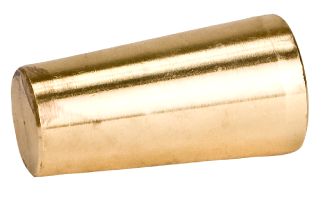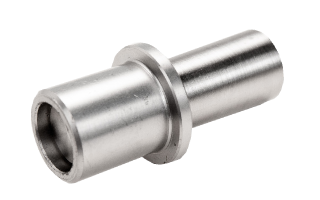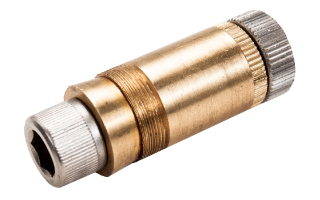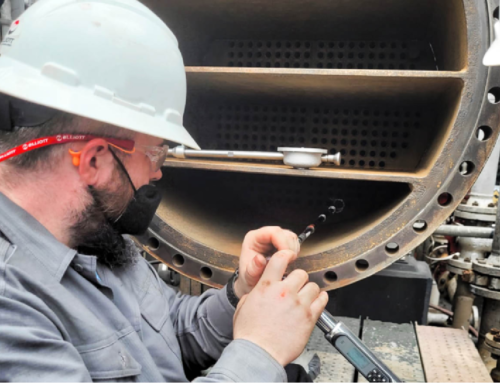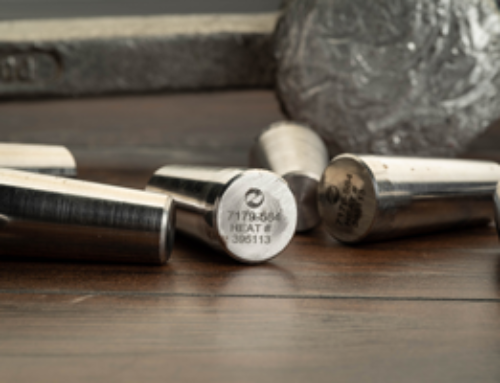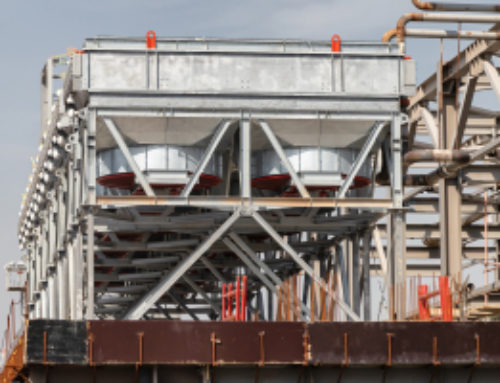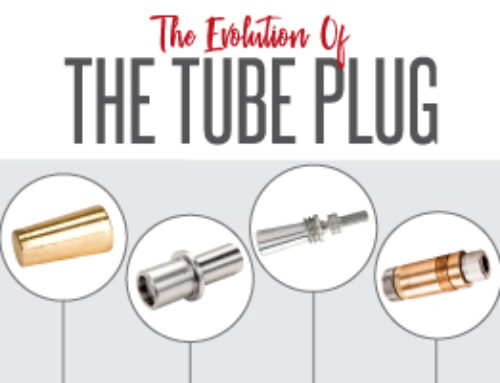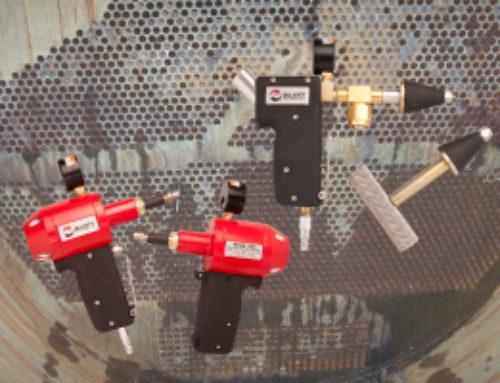
Tube leaks can occur for numerous reasons; one of the most common causes is the formation of holes. Holes can form within a tube as a result of deposit build-up, corrosion, and improper cleaning heads being used. Additionally, joint failures and incomplete expansions can also lead to tube leaks. As a result, tube plugging is a common necessity throughout all industries.
When it comes to selecting a tube plug, there are a variety of options and factors to consider. The three main types of tube plugs offered are one-piece, two-piece, and mechanical. One-piece tube plugs are a tapered pin style used in low-pressure vessels. Often times, one-piece plugs are welded to the tube sheet in an effort to prevent leaks or premature blow out, due to the small contact seal created by the plug. However, this practice can result in more tube leaks and is not recommended. The amount of heat produced while welding the tube plug can distort the tube sheet, causing adjacent tube joints to leak once the vessel is back on-line. Two-piece tube plugs are also used in low-pressure vessels, however, they provide a more secure sealing zone than one-piece tube plugs. The rings and pins of the two-piece plug create a larger sealing area, decreasing the stress on the tube and tube sheet. While this option may be more secure than a one-piece plug, there is still a risk of it dislodging from the tube during operation. As a result, the most secure method for plugging tube leaks are mechanical tube plugs. Equipped with serrated teeth, the mechanical plug is able to grip and expand inside of the tube, as opposed to being hammered in. Additionally, these plugs can be used in low, medium, and high-pressure applications, making them the most versatile.
One and two-piece plugs are installed by simply tapping the end of the plug into the tube at the tube sheet. Driving the plug all the way into the tube is not required or recommended; as it could deform the tube sheet ligaments between the tubes and cause adjacent tubes to leak. Elliott’s Torq N’ Seal mechanical tube plugs can be inserted to any depth of the tube sheet to avoid severely corroded areas, tube cracks, or step rolls. Once in place, you simply expand the tube plug body using a torque wrench.
When selecting a tube plug, it is important to consider the plug material. Best practices are to use plugs that are the same or a compatible material to the tube in order to meet industry requirements and avoid galvanic corrosion. This occurs when two dissimilar materials are put together in the presence of an electrolyte, leaving behind rust and corroding the material. Galvanic corrosion can cause downtime and decreased efficiency in vessels, due to creating leaking tubes, corroded tube sheets, and other damage to the vessel. In the case of a heat exchanger application, assume the leaky tubes are made of aluminum. Using a steel tube plug would corrode the aluminum causing failure in the sealing tubes. Conversely, brass and copper are of similar metals and will produce very little corrosion.
In addition to plug material, it is important that you order the correct tube plug size for your application. In order to determine what size you need, measure the ID of the tube inside of the tube sheet. One-piece plugs are more versatile and can cover a wider tube range, making them ideal for sealing leaky tubes in both heat exchangers and boilers. Whereas, mechanical tube plugs are ideal for plugging feedwater heaters and other heat exchangers.
In applications where they can be used, mechanical tube plugs are often the best choice. Compared to other plugs on the market, Elliott’s Torq N’ Seal mechanical tube plugs are easy to install and can be used in a variety of applications. Elliott’s mechanical plugs can be used in both low and high-pressure vessels, up to 6,500 PSI. Additionally, installation and removal only require the use of a torque wrench or an easy out and slide hammer. These tools are commonly available and more economical than the hydraulic ram, used to remove other types of mechanical tube plugs. Mechanical plugs are also significantly safer than explosive plugs, commonly used in high-pressure vessels. The explosive “shock wave” can damage ligaments and loosen rolled joints in adjacent tubes, in addition to being dangerous for operators to use.
Overall, when looking for the correct tube plug it is important to consider the application, material, and the ID of the tube. When you’re in a low-pressure vessel and need to weld the plug, a one-piece tube plug would be the best option. However, if welding is not required and you would prefer a larger sealing area, consider a two-piece tube plug. Lastly, you should consider using mechanical tube plugs to achieve the best seal in low, medium, and high-pressure situations.

One-Piece Tube Plug

Two-Piece Tube Plug


